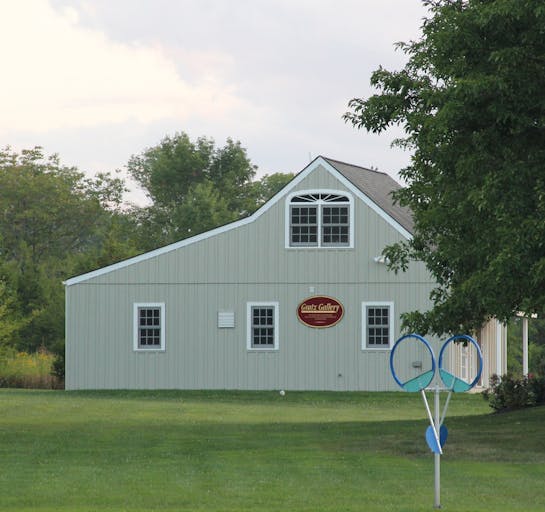Lee Krasner
1908 - 1984

Lee Krasner
1908 - 1984
A major figure among 20th-century New York abstract painters, Lee Krasner became an acknowledged leader of the Abstract Expressionists. However, as the wife of Jackson Pollock, who emerged as the leading figure of that period, she was overshadowed by his accomplishments, and her reputation as an artist did not take hold until a decade after his death in 1956.
Born into a strong matriarchal Russian Jewish family in Brooklyn, New York, Krasner was raised in a highly cultured environment. In the 1920s, she studied at Cooper Union, the Art Students League, and the National Academy of Design. From 1934 to 1943, she was a WPA mural painter and also became involved with radical art and politics. During much of this time, she was a mural assistant to Max Spivak, prominent abstract artist.
In 1937, she became a student of Hans Hofmann and then began exhibiting with the American Abstracts Artists, a group protesting the Social Realist movement led by Robert Henri. Like so many of her contemporaries, she felt that traditional representational art was too confining.
In the early 1940s, Krasner started working with Jackson Pollock and she, with sophisticated understanding of European modernism, was a major influence on his revolutionary style of gestural painting. The couple married in 1945 and lived on Long Island near East Hampton in a Victorian style home. She outlived him by over thirty years and came to be recognized as a major force in avant-garde American art. From 1945 to 1950, she worked on her Hieroglyph Series, and also spent much time promoting her husband's career. She also did many gestural paintings, and some think that she was a big influence on her husband utilizing this style, for which he is so famous.
As an artist, she worked in concentrated spells and then had times of waiting for inspiration to come. Much of her early work was either lost in a fire or cut-up by her for collages.
A retrospective of Krasner's painting was held at the Los Angeles County Museum of Art from October 10, 1999 to January 2, 2000 with more than 60 pieces. It also traveled to the Des Moines Art Center, the Akron Art Museum, and the Brooklyn Museum.
Source: Askart.com
